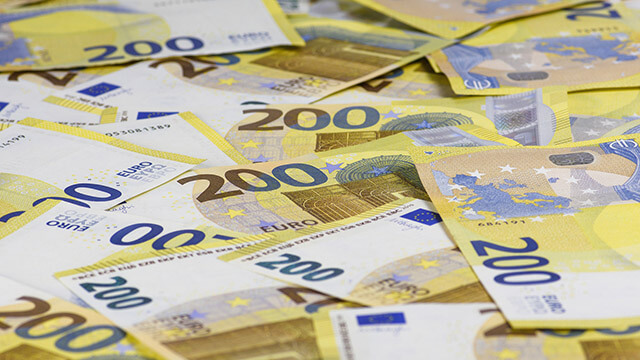
 772
772
EUR/USD Faces Decline as ECB Signals Rate Cuts Amid Fed Stability
The EUR/USD currency pair is currently under pressure and may potentially decline to parity, largely due to differing monetary policy trajectories between the Federal Reserve (Fed) and the European Central Bank (ECB). Analysts have priced in a significant reduction of 113 basis points in ECB interest rates for 2024, indicating a market sentiment inclined toward multiple rate cuts. Meanwhile, the Fed is anticipated to maintain its current stance during the upcoming January meeting, pausing its easing cycle after three consecutive cuts.
Throughout the Asian trading session, the EUR/USD has dipped to around 1.0300 after previously experiencing a brief period of gains. Traders are keenly awaiting the release of crucial economic indicators, particularly the HCOB Composite Purchasing Managers’ Index (PMI) for the Eurozone and the preliminary Consumer Price Index (CPI) data for Germany, both set to be unveiled later today.
The ECB’s recommendation for continued monetary easing marks a stark contrast to the Fed’s position. The central bank in the Eurozone has indicated a preference for lowering base interest rates to “around 2%” by autumn, suggesting a plan for four rate cuts in the coming months. This adjustment appears to be driven by concerns that inflation rates in the Eurozone are failing to meet the established target of 2%.
On the other hand, the Fed seems to be adopting a more cautious approach moving forward. Recent insights from Fed officials indicate that the Federal Funds Rate is expected to stabilize around 3.9% by year-end, with some suggesting that any further rate reductions in 2025 will be cautious and measured.
As the economic landscape evolves, the upcoming release of the German CPI will be particularly significant, as it serves as a benchmark for inflation and could influence traders’ perceptions of the Euro’s strength. The consensus anticipates a month-over-month increase of 0.4%, a rebound from the previous -0.2% figure, which could play a critical role in shaping future currency movements.














